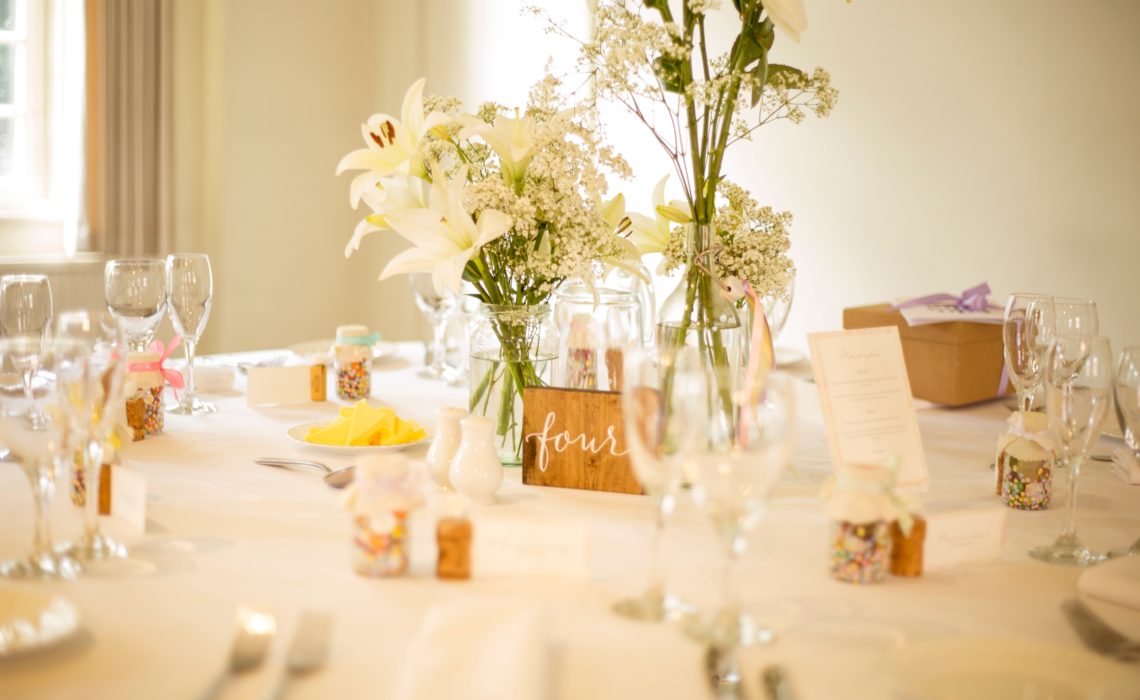
So much detail goes into planning a wedding—we don’t have to tell you that! From napkin colors to centerpieces and donut walls, there are just so many decisions you have to make along the way. At this point, you may not want to add another thing, like assigned seating, to your list. But before you cross it off—or add it on!—really consider if it’s the right choice for you.
Wedding decisions aren’t always black and white; what one bride considers a positive, another might deem negative. That’s why we looked at the various aspects of assigned seating—and then considered the good and bad that comes with each one.
As you’re reading through, keep your guest list in mind. A smaller guest list means some of these pros or cons might not apply to you. Also be thinking about who’s on that list. Are your friend groups more social? Is your family more controversial? While this may be more work for you to plan ahead, you don’t want it to end up being more work during your reception—so consider your guests as you read through!
EVERYONE HAS THEIR OWN SEAT
We’re starting with the obvious! If you have assigned seating, that means everyone at your wedding has a designated spot to sit. This might be just a general table—and everyone can choose their own seats at said table. Or you might assign them a specific chair as well. However you choose to assign seats, there are pros and cons to assigning them.
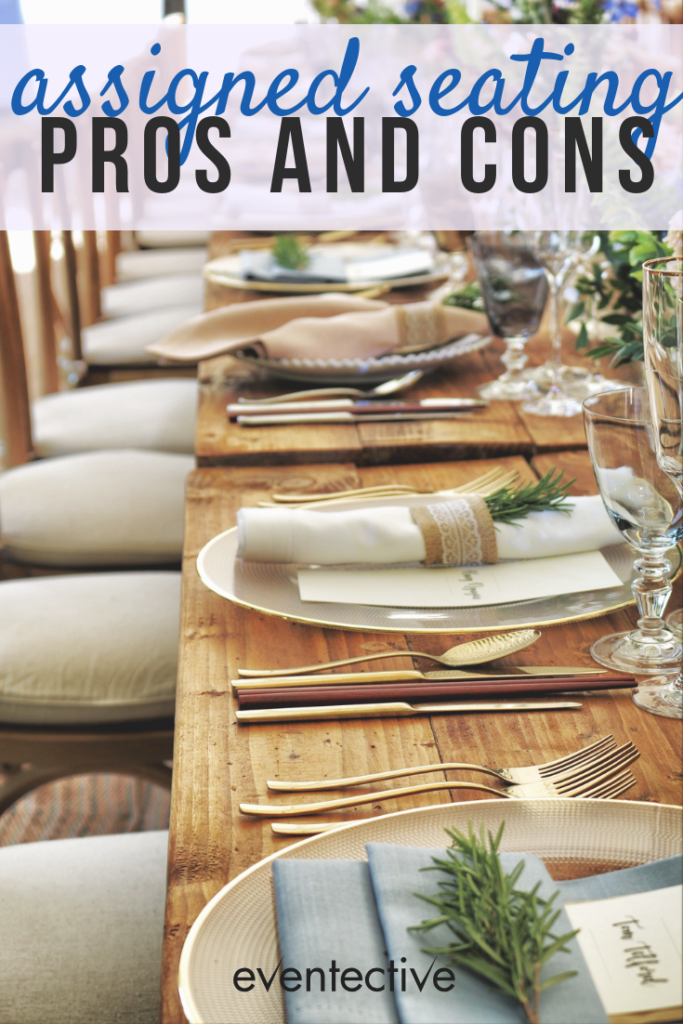
On the one hand…
When everyone has their own seat, there’s no fuss over who sits where. There’s no math involved to determine if everyone who came together can all fit at the same table. Or worse, guests who arrive last might not be able to sit together at all!
But on the other…
Guests might not like their tablemates, causing them to either have a bad time or try to swap with someone else. Either way, it can be a disruption for everyone at the table, and at any other tables that are nearby. If it escalates enough, you might have to get involved—and you have way more important things to do!
YOU ASSIGN THE SEATS
Of course someone has to. And unless you have a bridesmaid who knows your guest list inside and out, you’re the one who has to make the decisions. This isn’t good or bad (yet) but you will have to make sure bickering cousins aren’t seated at the same table, or exes aren’t in each other’s sightline.
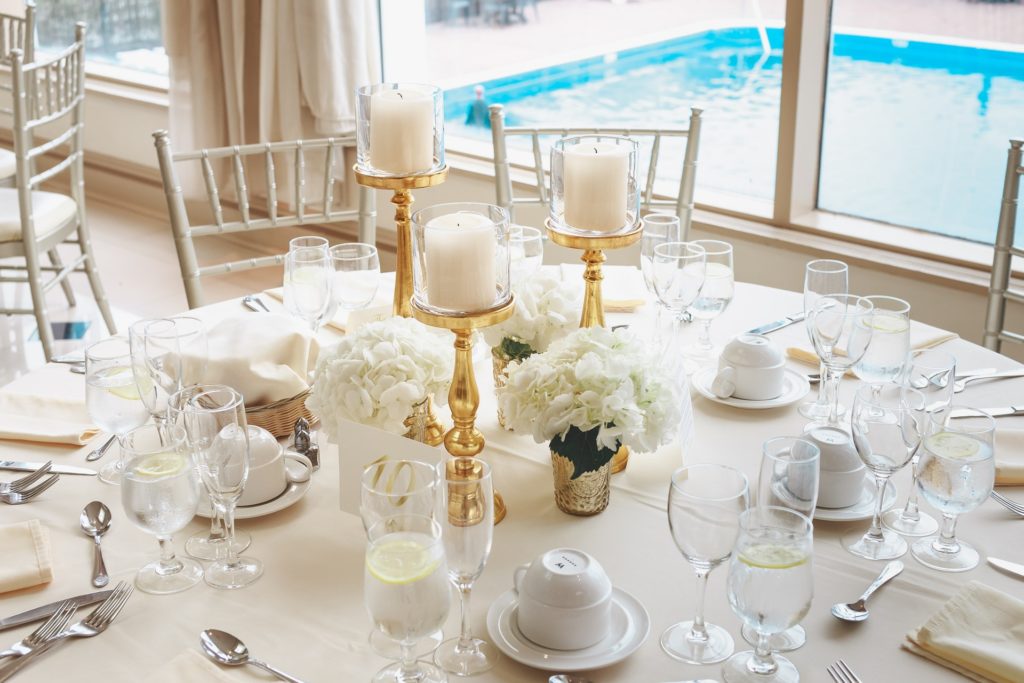
On the one hand…
When you’re in control, you can ensure everyone sits with people they know—and people they like! You can have fun being a detective, of sorts, trying to group friends and family together in such a way that everyone has fun. And the end result is a a guest list that enjoys the reception!
But on the other…
It still is another thing that you will do. And if there’s any conflict within your guest list, assigned seating can be a struggle. And, unfortunately, there’s a lot of pressure to get it right. Ultimately, guests will blame you and it will taint their experience at your wedding. It definitely shouldn’t—after all, this day is about you—but, it will put a damper on the festivities.
GUESTS MINGLE MORE
You (most likely!) can’t fit everyone on your guest list at one table. You might not even be able to get everyone who knows each other at the same table, either. This means groups of friends will be split up for the assigned seating, causing tablemates who might not know each other to mingle. And even if they do know each other, guests might visit other tables if some of their friends are over there.
On the one hand…
With all the mingling, assigned seating is a chance to meet new people and make new friends. It’s not as awkward as it might sound, because everyone is there for the same reason, and has a common friend—the happy couple. Plus, if guests are visiting other tables, it actually becomes a more exciting reception; guests aren’t just sitting around, looking bored.
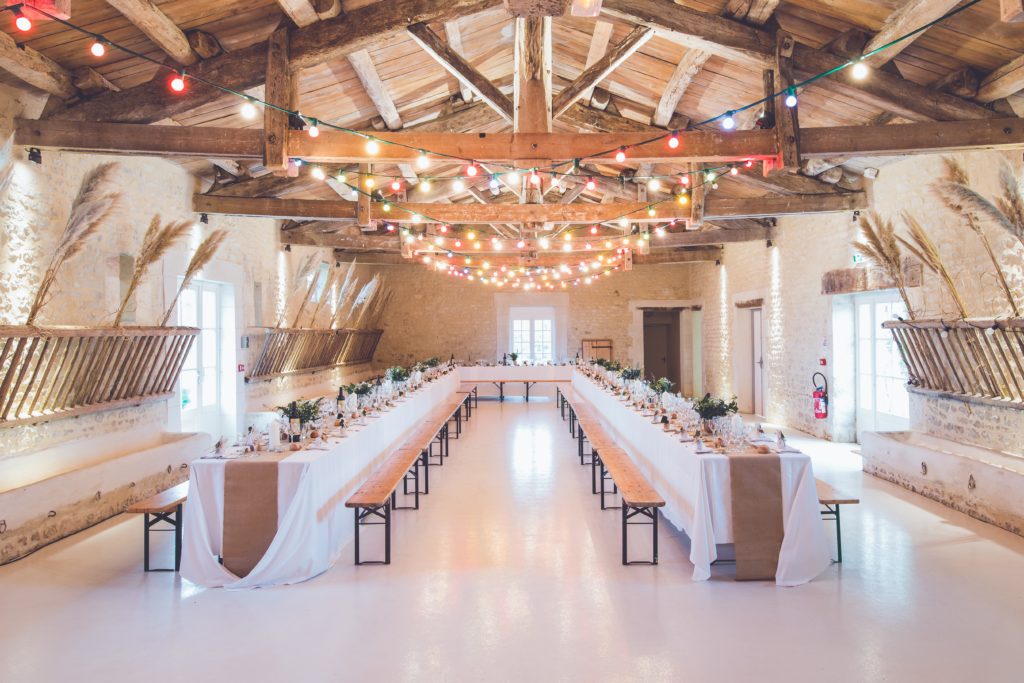
But on the other…
Do you have guests who only know you or your soon-to-be? No matter where they sit, they might feel uncomfortable or left out—especially if they’re there alone! And if that’s the case, they may not want to mingle, even though they feel like they have to talk to everyone at the table.
COMMUNICATION IS NECESSARY
The last and final step of assigned seating is communicating with your guests. You won’t be present when the guests arrive, so you won’t be able to direct them. There’s a good chance no one from your wedding party will be there, either. So whatever method you choose has to be super clear so your guests know exactly where to sit. Each table should have big easy-to-read numbers, and place cards should be in alphabetical order.
Bonus Tip: Ask the venue how others have done it in the past if you’re unsure.
On the one hand…
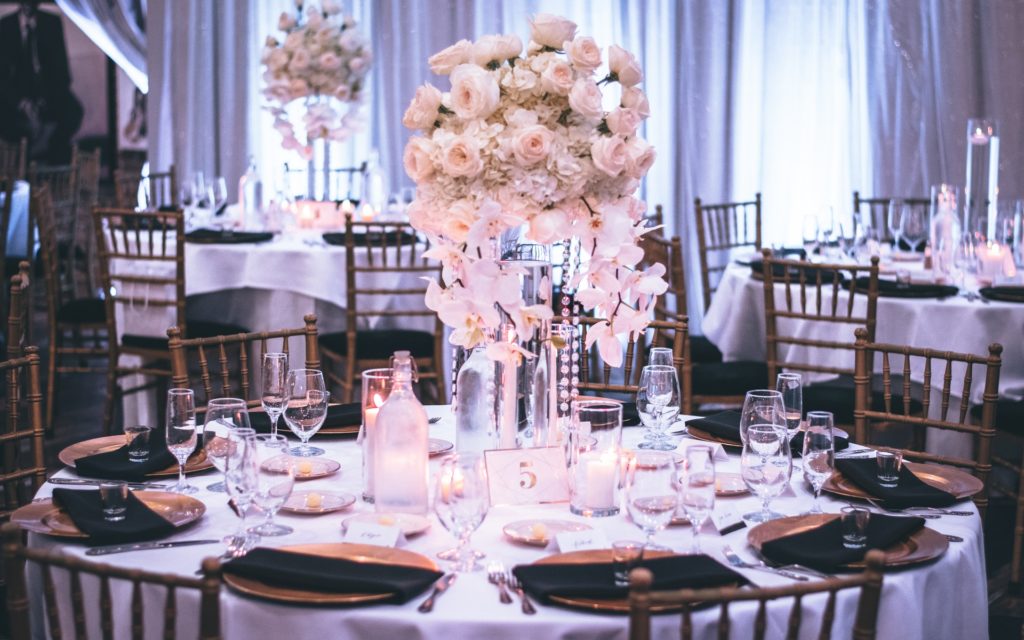
The name tags you provide for your assigned seating can double as wedding favors. This way, you’re not adding more work to your list; you’re being resourceful and doing two jobs at once. In fact, one of our employees attended a fall wedding that did just that. The bride’s father bottled homemade maple syrup for the favors—and the bride attached names and assigned seating to each one.
But on the other…
If the venue doesn’t have a clear system in place, it can be chaotic to try and establish one. Plus, creating the name tags is time-consuming to do by hand, and expensive to have printed or professionally done. And keep in mind that these are often one of the last tasks you’ll end up doing because the deadline is the actual wedding day—make sure you won’t be dragging your feet when the time comes!
CONCLUSION
Are you ready to take the leap with assigned seating? If so, we’ve got some handy tips to get you started on the right foot. And if you’re overwhelmed at all the work that goes into assigned seating—we don’t blame you! It’s no small task. Carefully consider those who have RSVP’d. Will they need the guidance? Or can they handle the day-of challenge themselves?

